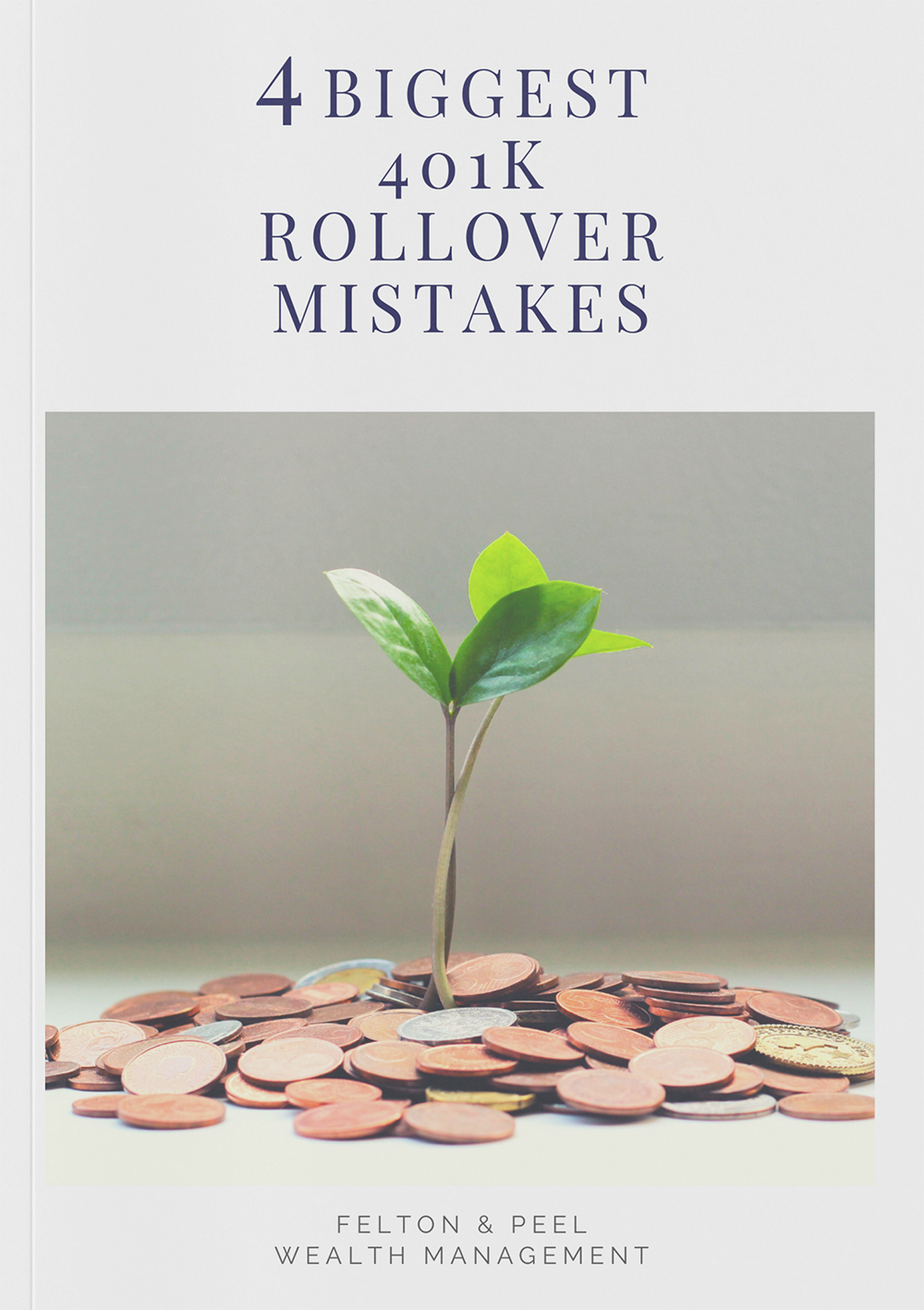
Scared of Stock Market Volatility? Four Insights to Ease Your Anxiety
For novice investors, stock market volatility can be like riding a roller coaster for the first time. You don’t know exactly where it’s going, and some of the twists, turns, and unexpected drops can leave you kind of queasy.
But more seasoned investors know the stock market isn’t really as tumultuous as a roller coaster, even though it can sometimes feel like it. Rather, it’s more like a flight: There might be some jitters during takeoff or unexpected bumps along the way, but for most of the ride, it’s smooth sailing (and the best way to get to your destination).
Like turbulence, market volatility is a fact of life. While we can’t control it, a little goes a long way in terms of managing our expectations—and fastening our seatbelts for the long haul. Still don’t believe me? Here are some key points to consider next time market volatility has you gritting your teeth.
1. Percentages and Points are Different
When the news provokes market-related fear, it’s usually thanks to one thing: point swings. A headline like The S&P 500 Drops 1% might understandably cause some apprehension—but in reality, there’s a world of difference between point fluctuations and percentage drops. At the end of 2023, when the S&P closed at $4,769.83, a 1% drop was less than 48 points off the index.
Unfortunately, scary headlines sell papers (or, these days, bait clicks). If headline risk is not properly managed, it can be the Trojan horse that gallops in to rattle even the most seasoned investors.
2. Fear in the Market: There’s an Index for That
As vast as the stock market is, investors and pundits alike can get a sense of how a particular group or sector is doing by using indexes—which track the performance of prominent assets in that category. You’ve almost certainly heard of the most popular indexes, like:
- Dow Jones (stocks from the top 30 U.S. companies)
- S&P 500 (stocks from the 500 largest U.S. companies)
- Barclays Aggregate Bond Index (bonds)
- S&P GSCI (commodities)
- MSCI World Index (global markets)
But did you know there’s also an index that estimates the amount of fear and uncertainty in the market?
The CBOE VIX Index (VIX) tracks the expected future volatility of the S&P 500 over the coming 30-day period. The CBOE index tends to have an inverse correlation to the S&P 500—so the better the actual stocks are doing, the lower the VIX (and the calmer the investors).
A Vix score above 30 indicates high volatility, whereas a score below 20 suggests equanimity. On the more extreme end, a score above 40 suggests intense fear amongst investors. Again, it’s all a matter of perspective.
For my investors who lose sleep easily, don’t let this index stress you out! It’s simply a gauge telling you that turbulence may be on its way, so you can do what you need to do to be mentally prepared.
3. Things Usually Work Out in the Long Run
Remember our metaphor about investing being like air travel? Well, the longer-haul your “flight,” so to speak, the better. That’s because even in the face of steep market downturns, over the long run, those who hold steady usually see positive returns.
Take, for example, the performance of the S&P 500 from 1937 to 2023. For investors who held onto their stocks for at least a one-year period during this time, stocks were up 76% of the time. In other words, they were positive during 66 of those years, and down during only 21.
And the longer investors remained engaged, the higher their success rate. Those who held their stocks for at least five years saw that their portfolio was up 90% of the time, and those who held for a decade were up 97% of the time.
At the end of the day, when it comes to investing, time is your friend.
4. Selling Usually Isn’t The Best Option
Mike Tyson said it best: “Everyone has a plan until they get punched in the face.” Unfortunately, as much it might feel like a black eye, portfolio fluctuations are par for the course in investing. But your actions during downturns matter—and can have a positive impact on your overall returns.
When you realize a loss in your portfolio, you need to make sure that you know the required gain to break even. For example, to recover from a 10% loss, you’d need a subsequent 11% gain. But the trend isn’t linear, it’s exponential. The more you lose, the higher the gain you’ll need to recover: for a 50% loss, a 100% gain would be necessary; for a 70% loss, a 233% gain. Those numbers should give you some serious pause if you’re thinking about selling.
Ultimately, we all try to avoid portfolio losses—though sometimes, they’re inevitable. (During the COVID-19 downturn, for example, the S&P 500 dropped 34%.) During that downturn, you might be tempted to sell what you have in favor of a less-risky investment—but one that earns less. But if you moved funds from a portfolio down 30% to an investment that earns 4%, it would take you ten years to break even. The answer, in the vast majority of cases: Hold steady and wait it out.
Stock market volatility is all about perspective—and often, those who can see the bigger picture and remain tenacious are rewarded with more growth. While it’s not always a perfectly smooth ride, you don’t have to do it alone. A financial planner can help you build your awareness and make level-headed decisions, no matter the headlines. We’re here to help—so schedule a free consultation with us today.







